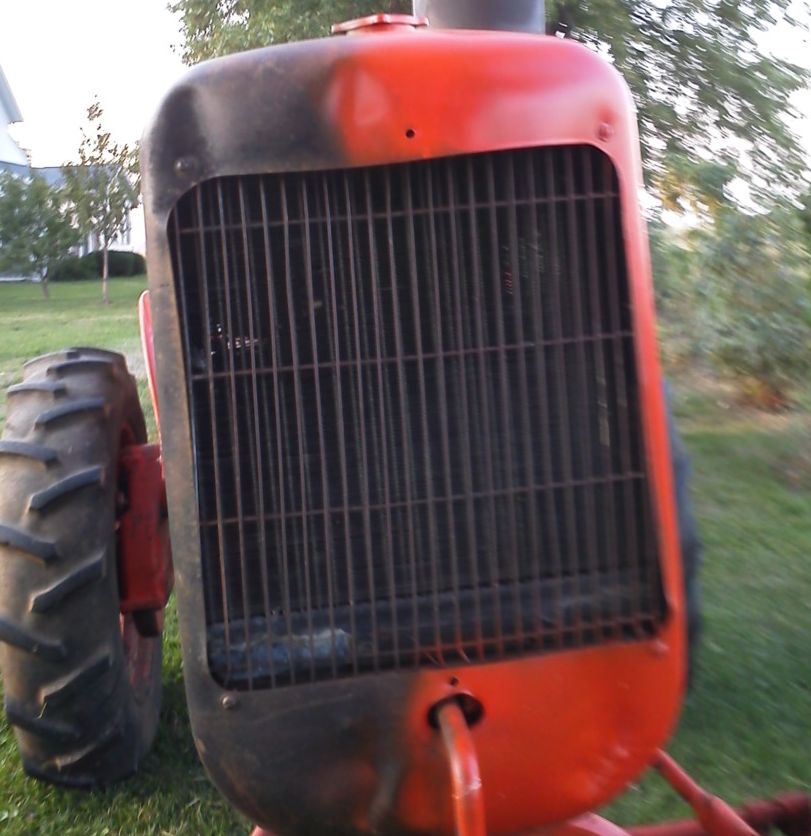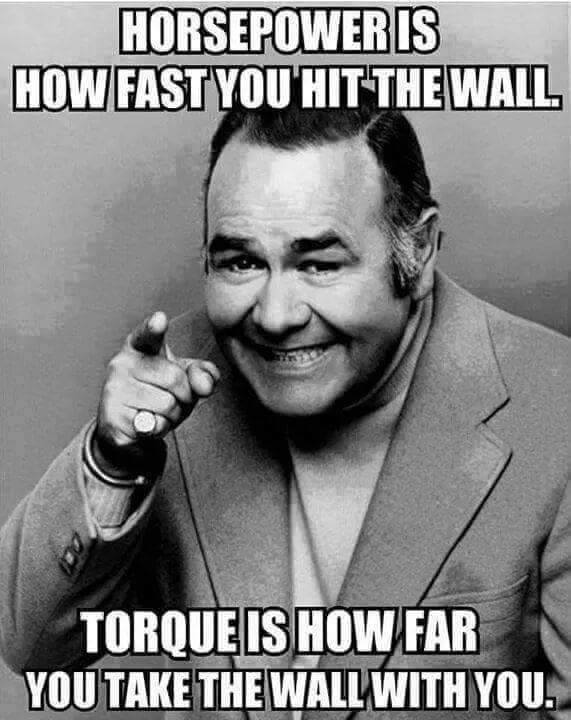Drawbar horsepower has much more contributing than just engine output. As doc says, compression and fuel quality, engine RPM were the most obvious factors that changed as a result of time, but keep in mind:
Drawbar horsepower is about Tractive effort, and ground speed... because
work = force * distance
and
Power = Work * Time.
Pull a draft load of 33,000lbs one foot, in one minute, you have one horsepower...
If you pull a 2 pound load 33000ft in one minute, you also have one horsepower.
Thus, an engine that develops a given amount of torque at one speed, and can manage to develop the same amount of torque at some RPM rate HIGHER, will be mathematically developing more horsepower... because the rate at which that work is being done, is increasing.
With drawbar horsepower, the first limitation is tractive effort. Doesn't matter how much power you can develop under the hood, if there's not enough tractive capability to PUT that power to work, you will have no improvement in drawbar horsepower. Likewise, you cannot consider the usefulness of drawbar horsepower at some speed which your implement will work. A tractor might be pulling with a modest force, and able to do it at 32mph makes the calculated advertised drawbar horsepower very high... but you can't plow a field at 32mph... regardless of how careful you are, you'll not have a quality result... but if you don't have enough tractive effort to do it at 16, or 8, or 4mph, then the draft horsepower numbers will be pointless regardless.
So the point here is, that PRACTICAL drawbar horsepower ratings are based on general realm of the types of field work which a farmer would be accomplishing the types of work that were most demanding of drawbar load... and this is one of the reasons why you see drawbar horsepower ratings, and THEN you see PLOW type ratings. Of course, loamy soil in north central illinois is not the same as Georgia clay, so the size and quantity of tillage elements is a variable, too.
If you add a thousand pounds to each driven tire, your tractive effort will increase by 330lbs per tire. Why? Because tractive effort is a function of compactive force (into the soil with a bar lug) and pushing against it (compressive draft). The Wismer-Luth Agricultural Traction report illustrates how wheel diameter and wheel load affect drawbar horsepower. A larger diameter tire has both lower rolling resistance, it also develops a greater surface area and lesser cosine angle to the ground.
Finally, duty cycle. You can run a WD engine at 25hp all day, any day, and as long as it has oil, coolant, fuel, and an effective cooling and exhaust/intake, it will run indefinitely. Once you reach a certain load, it will start to generate more heat, in which case the cooling system will need to shed the heat off.
IF a cooling system can't keep an engine cool, it's power output will suffer greatly. This is the difference between a 345hp engine under the hood of a Dodge 1500 pickup, and 345hp in the diesel engine under the hood of an over-the-road truck. The little pickup presents very little load, so the engine isn't running hard, nor is it running hot. A tractor trailer, climbing Donner Pass WILL be working for a long time, getting very warm, and in dire need of as much cooling help they can get. It will most likely run out of thermal waste shedding ability... it will overheat... while there's still a significant amount of throttle available in the fuel rack.









 Topic Options
Topic Options

 Post Options
Post Options Thanks(0)
Thanks(0)





